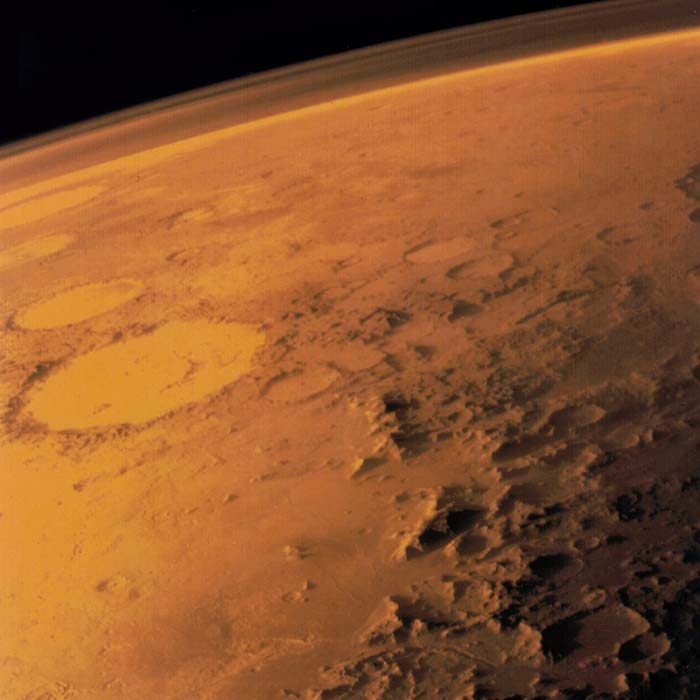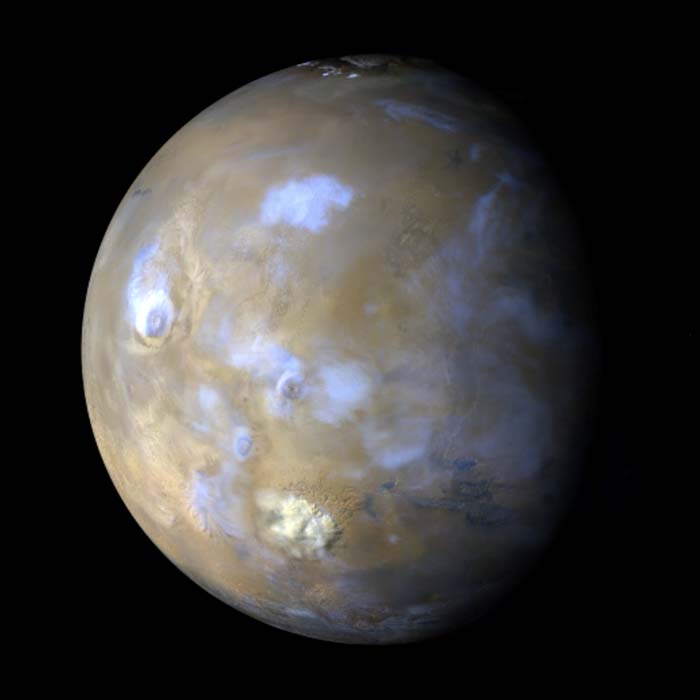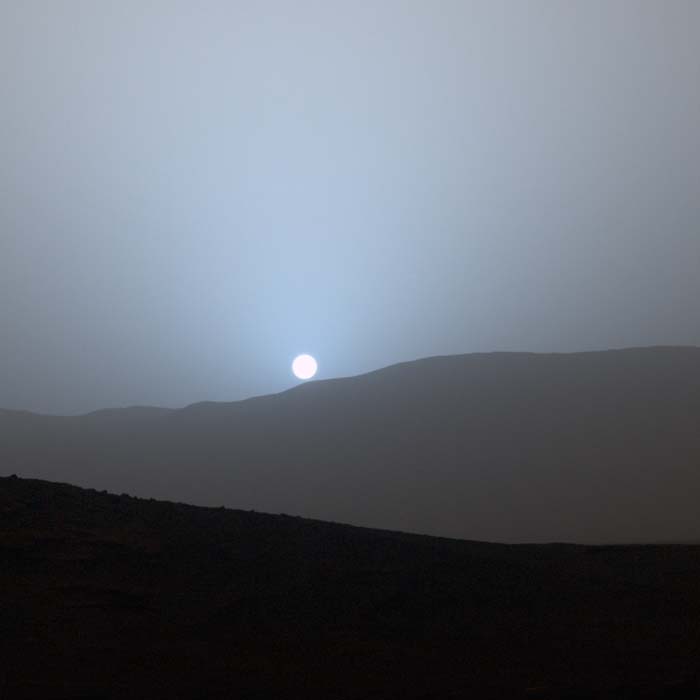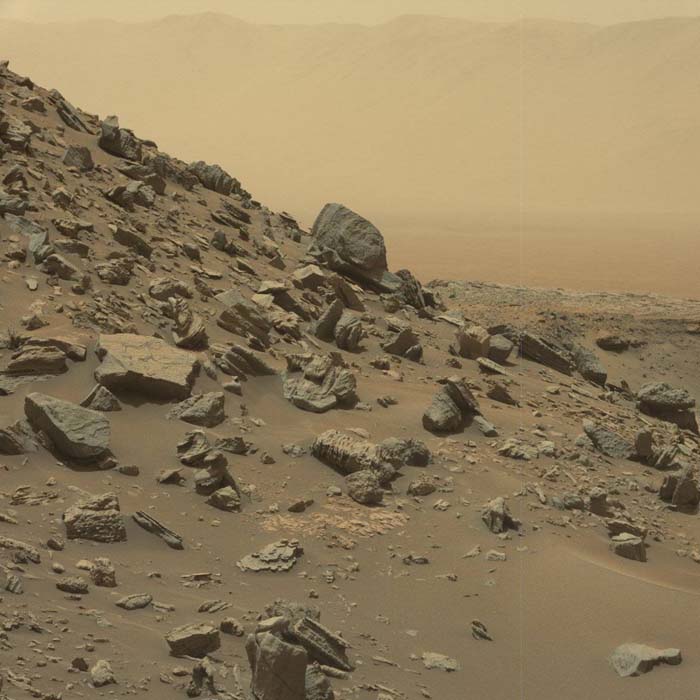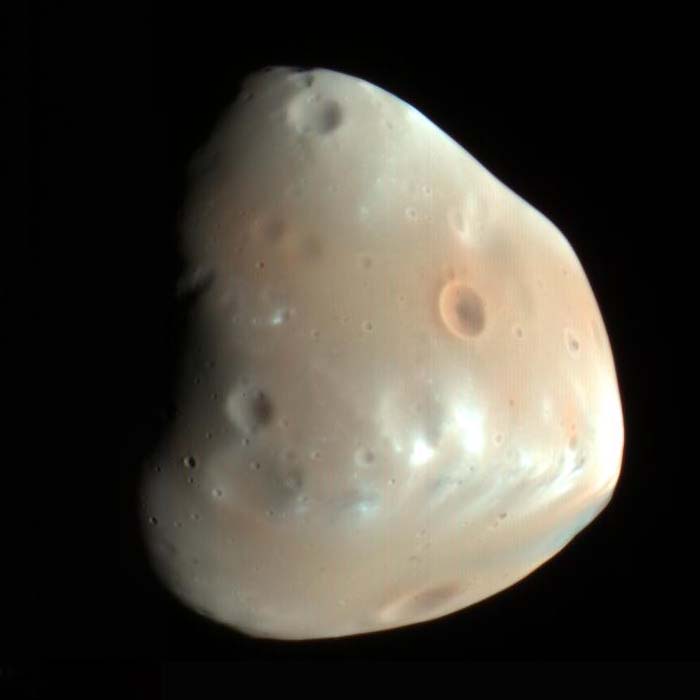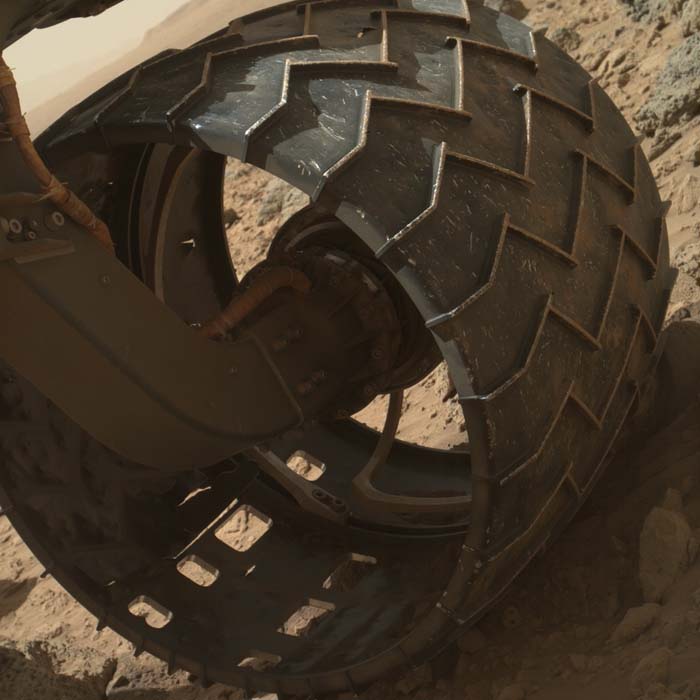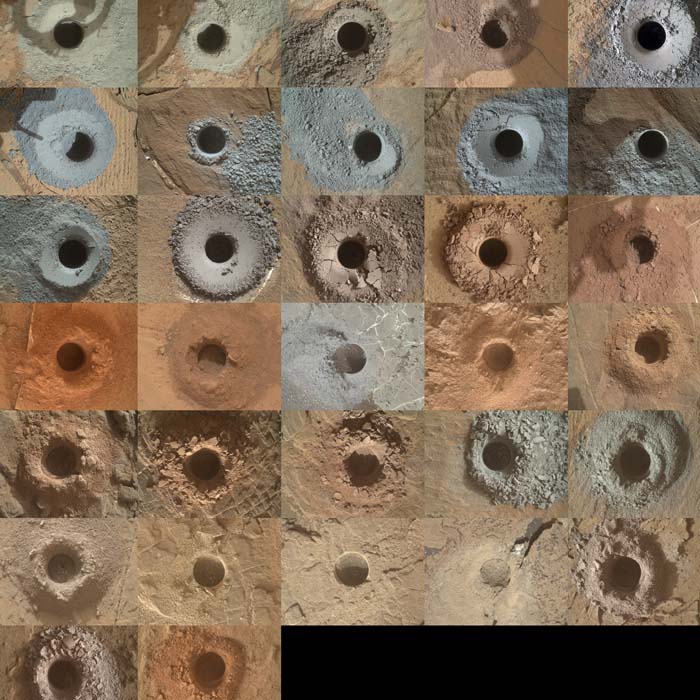
Reading the Story in Red Soil
Mike Thorpe plans for the day Earth receives its first souvenirs from Mars.
By Megan Bradshaw
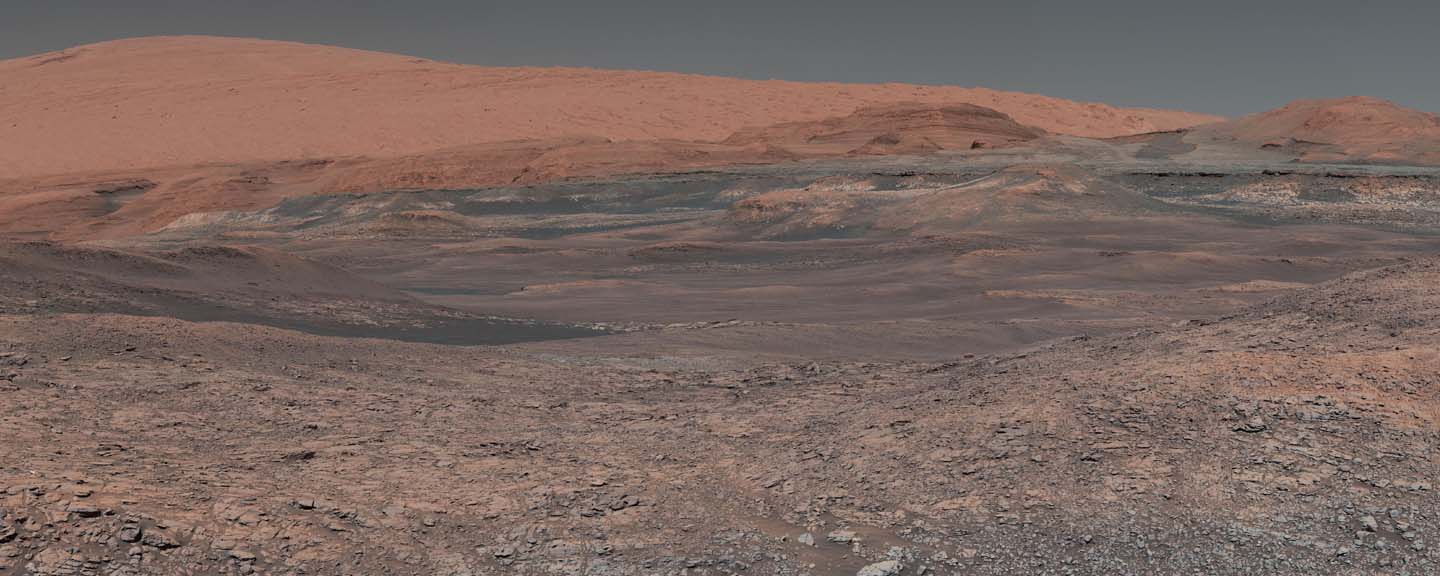
Mars has been a part of human myths, philosophies and aspirations since the Babylonians spotted it in 400 BC.
The Red Planet’s mystique may have a great deal to do with the longing to explore or escape to a faraway place, but for Mike Thorpe, a sedimentary geochemist contracted to NASA, its attraction is grounded more in, well, the ground.
“Understanding the ancient environments on Mars is going to provide us clues to the history of water and maybe why Earth is so unique,” he says. “I study Earth to get a better reference on what we’re seeing on Mars. But I’m also studying Mars to understand early Earth.”
Humanity’s fascination with Mars has grown alongside its scientific advancements.
Dutch astronomer Christiaan Huygens published Cosmotheros in 1698, discussing what was required of a planet to support life and speculating on intelligent extraterrestrials. Fears of little green men began as early as 1877 when Italian philosopher Giovanni Schiaparelli’s use of the word canali to describe streaks he viewed on Mars’ surface was wrongly thought to mean canals and imply that intelligent life on Mars had dug a canal system.
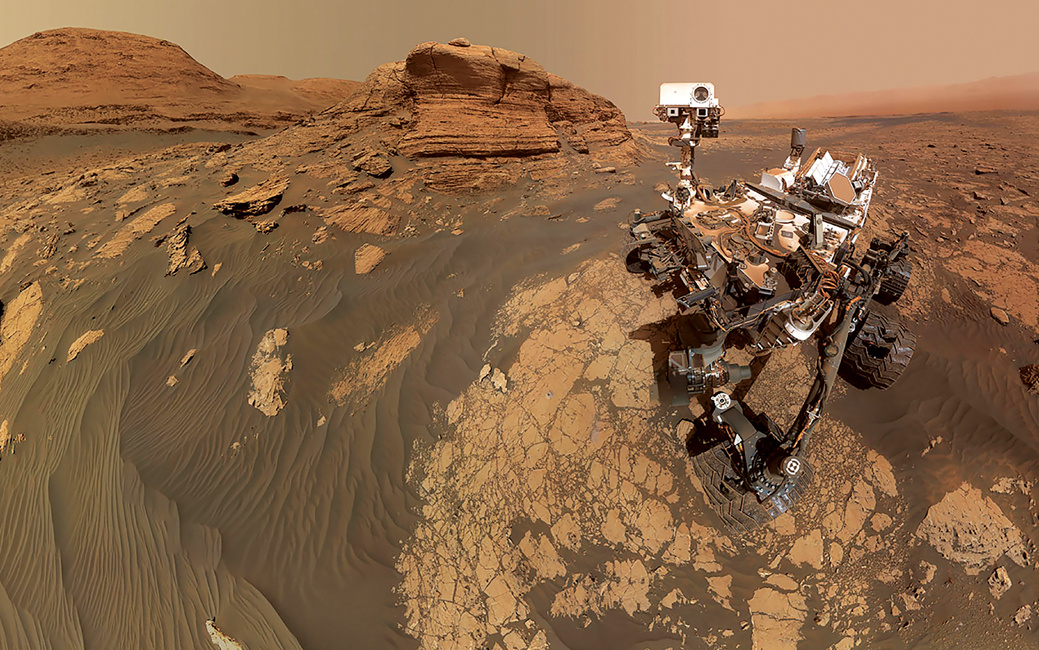
By the 1950s, Mars and Martians were fixtures in American cinema, television and fiction.
In 1964, fact caught up to science fiction when NASA launched Mariner 4, a spacecraft that orbited Mars and sent 21 photos to Earth. NASA sent Viking 1 and 2 to the planet in 1976 but didn’t return to that corner of the solar system for another 20 years when the organization launched the Mars Odyssey, which landed in 2001 and is still working.
In 2012, the Curiosity rover—about the size of a minivan—landed at Gale Crater to search for ancient habitable environments by acquiring rock, soil and air samples for on-board analysis. It was joined by the Perseverance rover in early 2021.
As part of his role, Thorpe ’12 works on the chemistry and mineralogy (CheMin) instrument on Curiosity.
“My role on that team is to look at the samples that are drilled into the surface of Mars. The powder is picked up and X-rayed onboard, and then the data come back down to Earth,” he says. “We interpret it and then analyze what minerals are present. Some of the new minerals that we are identifying give us clues into some of the earliest water in our solar system and what was going on in these ancient lake environments on Mars before we even have history of water on Earth.”
Thorpe’s career started solidly on terra firma. Growing up in New York’s Hudson Valley, he and his sister Lauren frequently went hiking.
“We would always find these really cool spots,” the 31-year-old says. “My sister said one day, ‘Each rock tells a story.’ That resonated with me. To learn history from rocks was something that motivated me to learn more.”
Thorpe enrolled at TU as an undeclared major with an interest in environmental science.
“It wasn’t until I took an introduction to geology class with Professor Lev my second semester that I realized how much I enjoyed geology,” Thorpe recalls. “Professor Lev was a mentor and showed me how I could make my passion for the environment into a career with geology.”
A few of the simpler field trips Thorpe took with his TU professors have stuck with him.
“Some of the best places to go for geology is a road cut, which is where they’re building bridges or new highway and drilling into rock. As a geologist, that’s where you find some of the best exposures,” he says. “So, some of our field trips were just on the side of the road on I-95.”
After discovering an interest in hydrology as an undergrad, Thorpe went on to study the subject at Stony Brook University in New York, where he earned his master’s and his doctorate in geosciences.
Thorpe credits his doctoral adviser, Joel Hurowitz, for expanding his understanding of what his career could be.
“Joel showed me that there were places on Earth that looked like Mars, in terms of the rock composition—places like Idaho, Hawaii and Iceland. I did fieldwork in these environments, and it really opened my eyes to how I could take my passion and apply it to another planet.”
Thorpe wrote his dissertation, in part, on Icelandic basalts—dark, fine-grained volcanic rock—and how they break down.
“The theme of my work is ‘from source to sink.’ We start in the mountains where these rocks are formed, and then we trace them as they are transported via rivers downstream,” he says. “Another chapter in my dissertation was taking what the Curiosity rover was observing on Mars [at the time] and comparing those findings to the field sites that I previously went to.
“A take-home from my dissertation was that Mars, at some point, looked very Icelandic. The ancient climate of Mars was likely more of a cold and icy climate than it was a warm and wet climate.”
Which is one of the reasons Thorpe has returned to Iceland several times.
He did fieldwork there during his postdoctoral fellowship with NASA in 2019 and visited again from late July to early August this past summer.
On the latest trip, Thorpe and a large team of researchers from universities in the U.S. and England took rock and sediment samples and tested bodies of water to understand what’s happening beneath the surface and identify areas that were rich with groundwater discharging into the lake.
He earned a NASA graduate fellowship in 2015 before meeting Elizabeth Rampe, an exploration mission scientist within NASA’s Astromaterials Research and Exploration Science division, with whom he shared professional interests and a desire to collaborate. She became his adviser when he was accepted into the NASA Johnson Space Center’s (JSC) postdoctoral program in 2018.
“Mike is so enthusiastic, engaging and interested,” Rampe says. “He found me at a poster presentation I was giving at the Lunar and Planetary Science Conference in 2017. NASA postdoctoral fellowships are prestigious and hard to get, but he told me, ‘I think we have a really good project, and I really want to work with you, so I think we’re just going to get it.’”
When the opportunity for the Mars sample return scientist position opened, Thorpe was eager to apply.
“Collecting and analyzing the samples on Earth that I’ve worked with since I started my Ph.D. was really the foundation of what set me up for this job,” he says. “My job is two-fold: to prepare for the samples to come back from Mars one day and think about how we can best characterize these samples when they come back.”
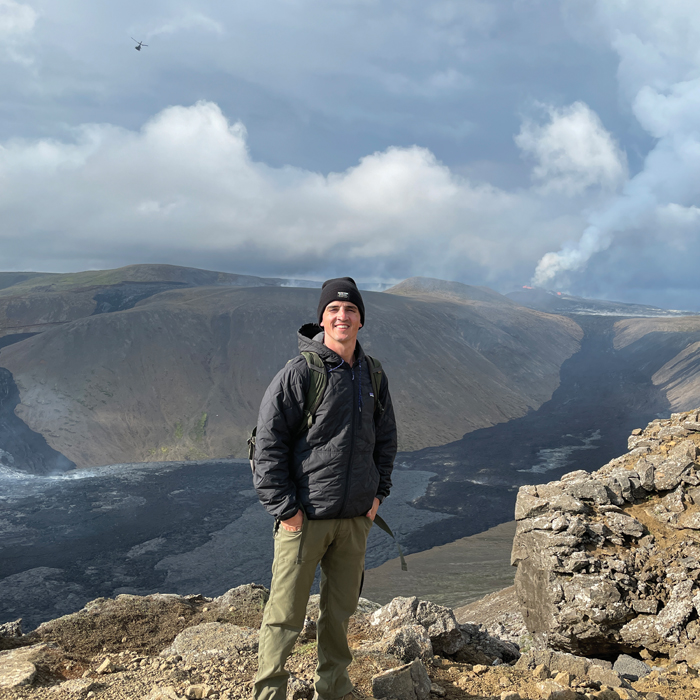
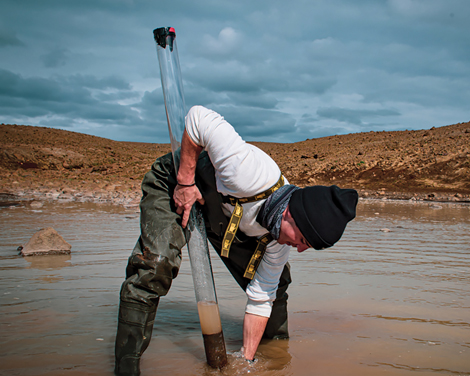
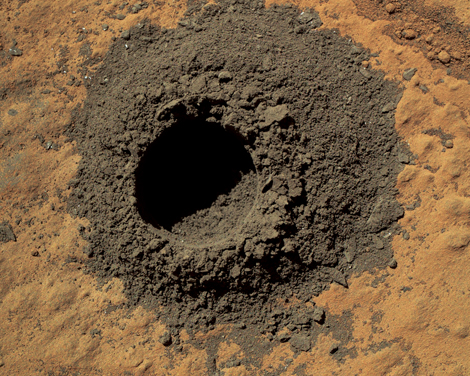
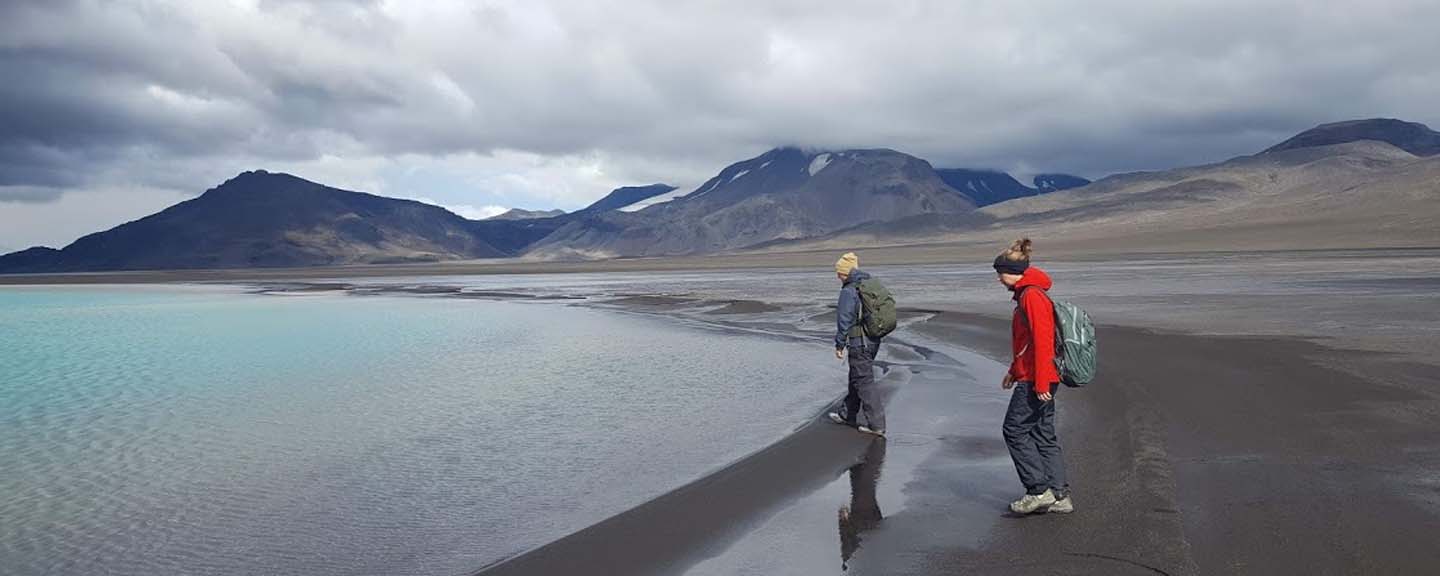
Just because it will take years for the samples taken by Perseverance to return to Earth doesn’t mean Thorpe is idle.
“Right now, I’m busy collecting and curating reference materials from the Mars 2020 rover with the team here at NASA JSC as well as the NASA Jet Propulsion Laboratory (JPL), ultimately helping build a history of sample collection through the course of the mission,” he says.
“All this work leading up to Mars sample return is to make sure we know that what’s in these samples is truly Martian. Perseverance was made here on Earth and we want to keep Earth, Earth and Mars, Mars. We need to analyze every step of the way, including every part of making the rover, to understand what sources of contamination there might be.”
Another of his responsibilities requires him to consider things that may not exist yet: what tools are going to be used to analyze the samples when they come back.
“Some of the instruments that we may be analyzing these samples with haven’t even been built yet,” he says. “We may have some newer technology with capabilities that we aren’t even familiar with yet. So it’s understanding what is state of the art now and also projecting what it is going to be in the future and how we can improve that to handle some of the most precious geological samples we’ll ever have in our lifetime.”
But to have materials to handle, they have to be extracted from the surface of Mars first.
The plan for returning the samples taken by Perseverance is worthy of a Hollywood movie, filled with action, adventure and many ways the scheme could go awry.
NASA calls Curiosity “the largest, most capable rover ever sent to Mars.” It uses a 7-foot arm to place any of its 10 science instruments close to rocks selected for onboard analysis. Its tools include 17 cameras, a laser to vaporize and study small pinpoint spots of rocks at a distance and a drill to collect powdered rock samples.
Perseverance, whose design was based on Curiosity’s, is equipped with an even more sophisticated drill that is capable of collecting rock cores and soil samples then storing them in sealed tubes for pickup during a future mission. These are the samples that will return to Earth.
“Curiosity’s role is to investigate the geochemistry, the mineralogy with unique, very robust instruments to look for habitability,” Thorpe says. “One of the biggest takeaways is that it is indeed habitable because we see a lot of clay minerals. Clays are ubiquitous with lake environments on Earth, which are some of the most habitable environments here on Earth.”
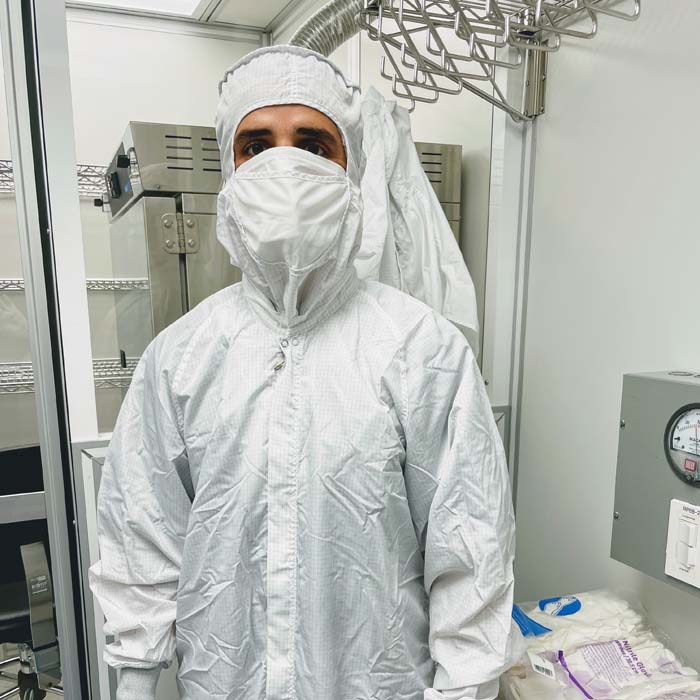
As part of his work with Curiosity’s CheMin instrument, he meets virtually with collaborators all over the world to plan each day’s missions.
“We have an engineering team and a science team. The engineers give us constraints: ‘The rover can go this far. It can climb on this terrain. It can use this amount of energy,’” he says. “Then the scientists take those constraints and try to pack as much science into the daily operations as we can.
“The teams that are operating these things are just amazing. It’s at least 50 individuals daily working together. And it’s not just the science behind it. It’s the folks that are driving the rover and keeping it safe, keeping it healthy who are really the superstars.”
Thorpe’s team—one of approximately 11 associated with Curiosity—is in charge of uploading and downloading its data each day. Those data can be an X-rayed sample or information about the status of the onboard instruments.
“One of Mike’s strengths is that he is really willing to do anything that the team needs,” Rampe says. “He learned how to interpret the X-ray diffraction data using a technique called Reitveld refinement. This technique is not easy, and there’s only a handful of people on the team who can do it.”
A normal day starts at 9 a.m. with the team meeting, troubleshooting constraints and uploading instructions and algorithms to Curiosity, “ideally before 4 p.m.,” followed by a team debrief and leaving instructions for the next set of colleagues who comes in.
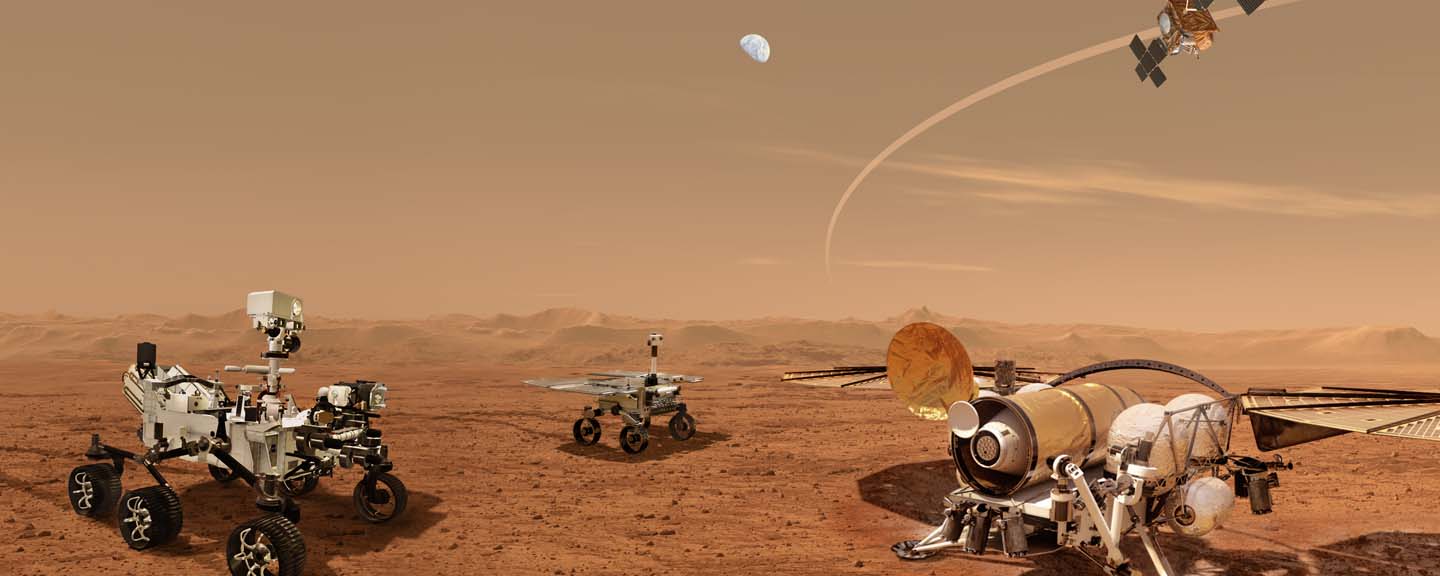
The plan for returning the samples taken by Perseverance is worthy of a Hollywood movie, filled with action, adventure and many ways the scheme could go awry.
The rover will take anywhere between 30 and 40 samples in tubes about the size of a pen with a diameter between a nickel to a quarter. It will then cache them in two spots. Scientists are storing duplicate samples to create backups in case of damage or loss.
A collaboration between NASA and the European Space Agency will send the Fetch rover
to Mars’ surface to collect the sample caches. Fetch will launch a basketball-sized
ascent vehicle containing the samples into orbit, where an orbiter from yet
another mission will catch and bring them home.
Due to the lengths and speeds in which Mars and Earth orbit the sun, optimal, efficient launch windows only come around about every two years. That’s part of the reason for the length of this mission.
Thorpe speculates the Fetch rover will launch in 2026, followed by the return rover in 2028 and the samples should arrive back on Earth in the early 2030s. Once the samples come back to Earth, the sample return team will have the first collected examples of Martian soil and rock humans have ever seen. Thorpe and his team are already well aware of the significance of that—and the potential pitfalls.
“How can we keep these Martian samples as pristine as possible here on Earth, where the conditions and atmosphere are fundamentally different?” he asks. “The potential for Mars sample return comes with a huge responsibility and exploring novel sample handling techniques and containment technologies are efforts that are already underway.”
While physical samples returning from Mars are still nearly a decade away, Thorpe is excited to log in every day.
“Each new [sample] that we’re looking at with the Curiosity rover is one that’s never
been explored before,” he says. "Some of the data that my team views is the first
time anybody gets to see what minerals are in that particular sample from Mars. Each
sample unravels a new piece of the history for Mars and also gives us a piece of the
puzzle to early water in our
solar system in the form of ancient lake and river environments and maybe gives us
clues to early Earth as well.
“Mars is the furthest afield that I’ve ever been. I may not ever get to physically touch down, but these are definitely the most precious samples that we are ever going to have. In some regard, we are pioneers, almost.”
More About Mars



